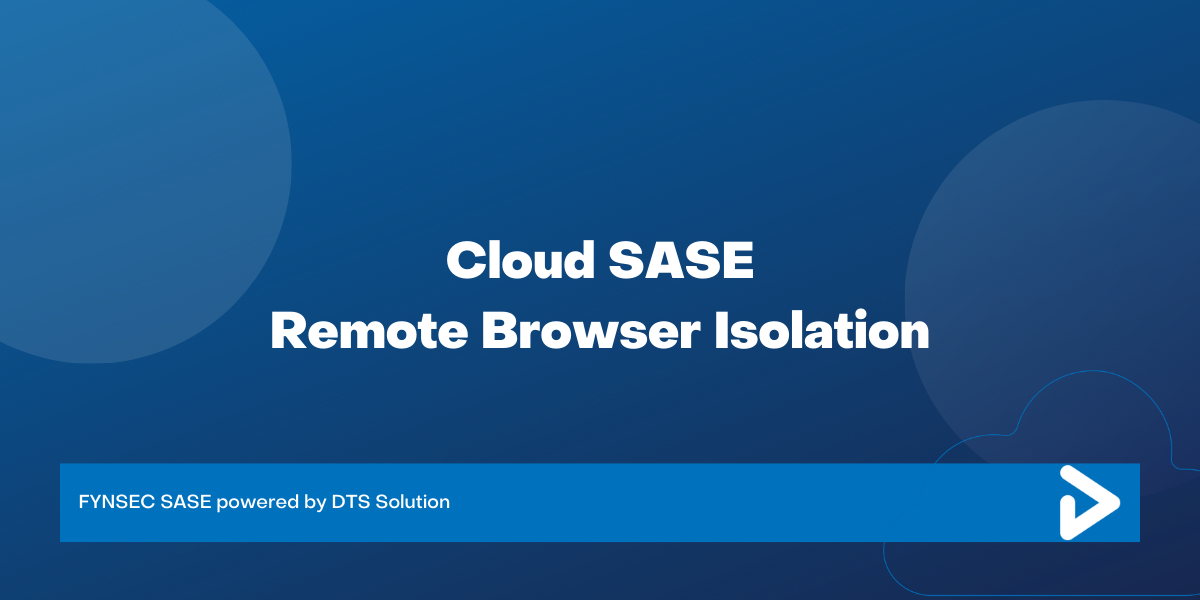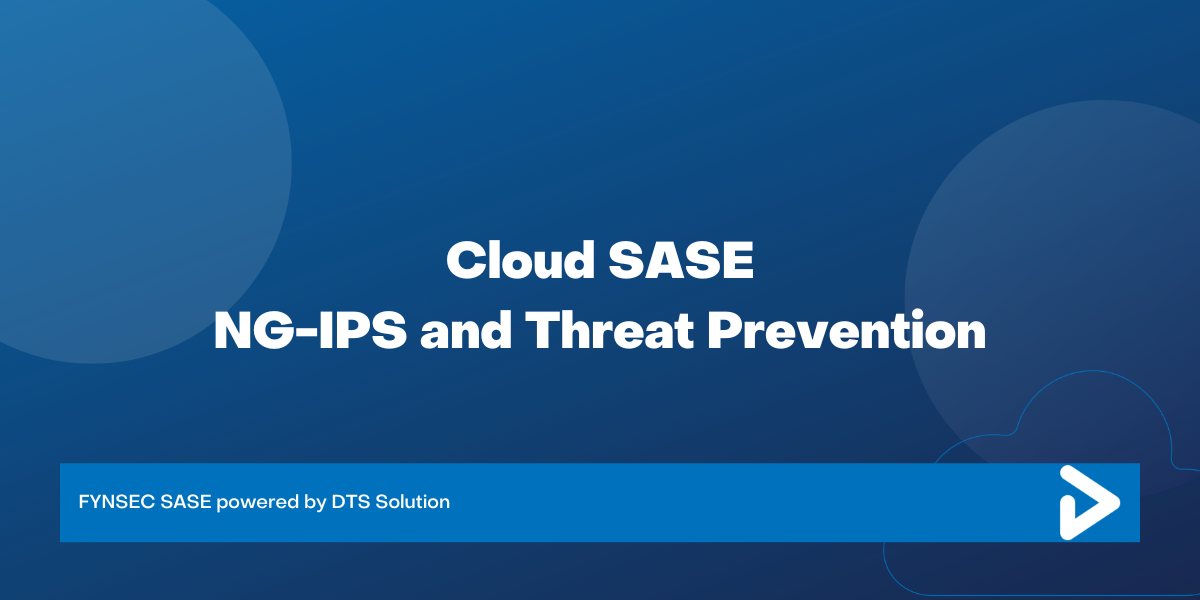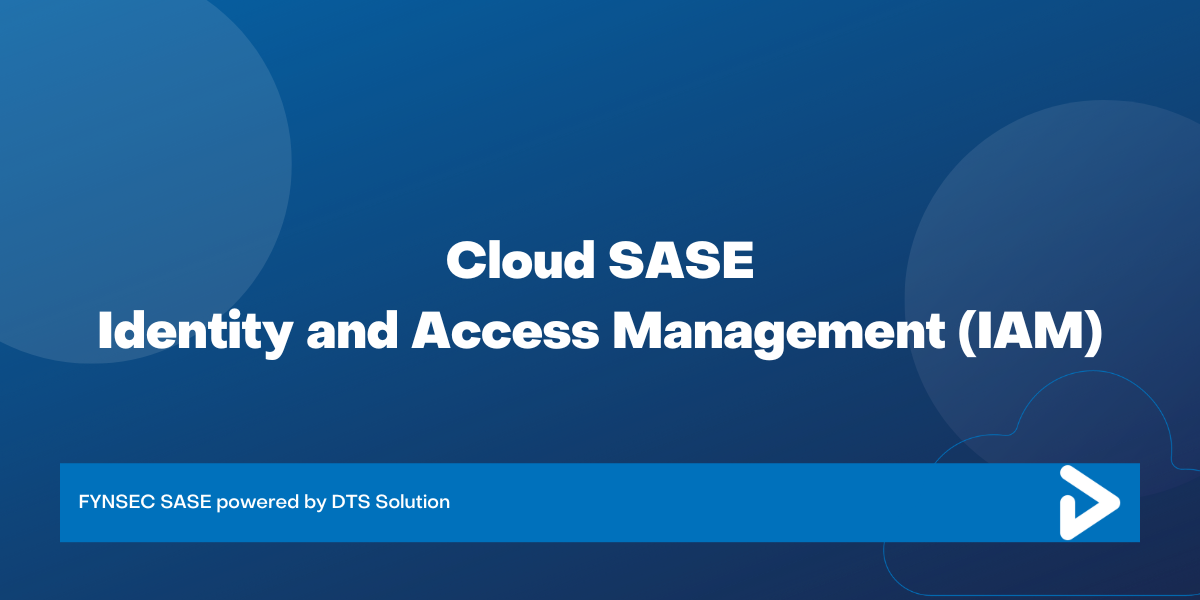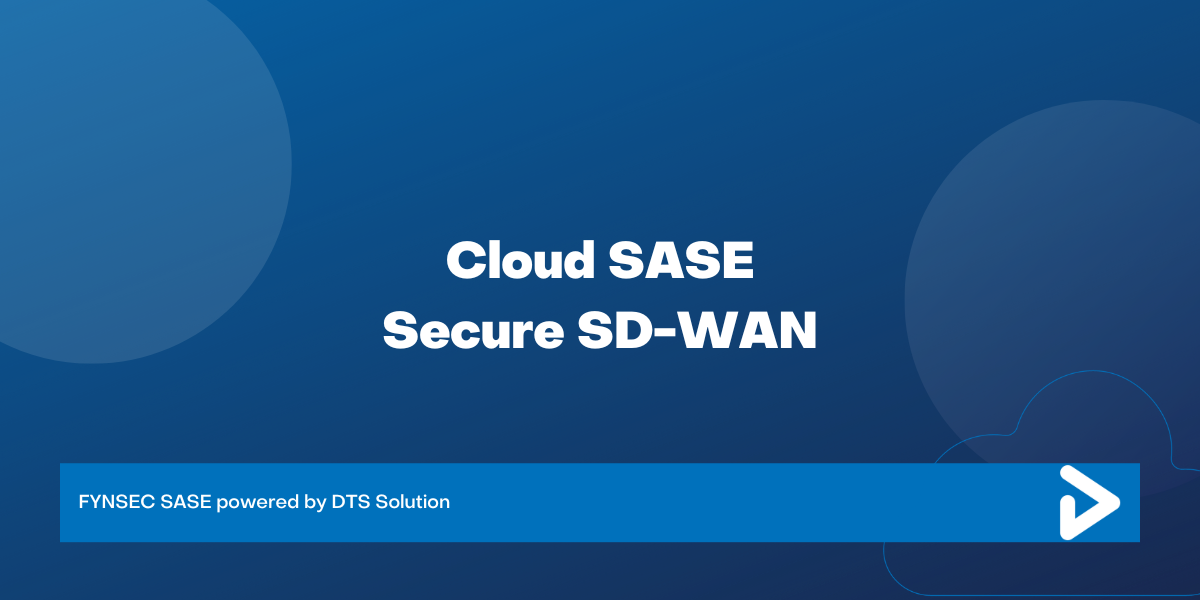Cloud SASE – Remote Browser Isolation

In the modern world, one of the most common cybersecurity challenges is the ability to secure users while they are browsing Internet through various browsers and devices. This has become a major challenge for security and IT professionals during and post-pandemic world we live, given the workforce has transitioned working from the office to home or simply living a digital nomad lifestyle.
Hackers are always looking at creative ways to trick victims into clicking on links to website which are infected with backdoors and malware. Hackers also compromise vulnerable authentic websites and implant backdoors to compromise users browsing the website.
These compromised websites may be embedded with highly malicious codes, scripts and payloads that get automatically executed upon accessing the web page. The focus for the hackers is to either to compromise the client browser which may also be running a vulnerable version or to get them to download malicious files such as Office documents with macros enabled. This is where remote browser isolation (RBI) technology plays a key role in protecting users and client-side browsers from being compromised.
To face this cyber challenge, advanced tech has been developed to combat vulnerabilities targeting browsers which is Browser Isolation technology (RBI).
It is an advanced cybersecurity feature that separates the process of loading web sites from the user browsers. The best way to describe it is users view the website through a glass window without having direct interaction.
This tech prevents malware infections and other cyber-attacks from affecting user devices and subsequently internal networks by blocking potentially malicious code and scripts from running on a user browser.
Unprotected web browsers can process the malicious content and code served from the web sites which then executes embedded programmatical code therefore compromising the user browser and device. Resulting in either credential theft for saved passwords in the browser, accessing browser-extension crypto wallets private seed or passwords, installing spyware backdoors and so on.
Needless to say, browsing web sites is a high-risk activity from a security standpoint; traditional security controls such as Secure Web Gateway (SWG), Explicit Proxy, Web Filtering and Content Inspection are no longer enough. RBI is now becoming a key control within an organizations security architecture to ensure all users regardless of their device or location are protected.
Native-Cloud RBI as a Service with SASE
Native-Cloud RBI as a Service with SASE
The remote workforce is growing as we have already discussed; with many organizations realizing daily business operations can be conducted remotely with higher efficiency and less cost.
However, there is the other side of the story, which are the cybersecurity challenges that such organizations face when allowing employees to work remotely.
Cloud SASE (Secure Access Service Edge) delivers unrivalled Secure Internet Access for all the workforce regardless of location. Cloud SASE delivers Secure Web Gateway (SWG), Explicit Proxy, Web Filtering, Content Inspection, DNS Security, CASB with RBI being an important function.
RBI is a critical component of Cloud SASE enabling organizations to securely provision Internet access without having to worry about user browsers and devices being compromised through malicious code on websites by stripping out all the threats.

How does it work?
How does it work?
Remote Browser Isolation renders website content in virtual browsers within the cloud-based SASE.
Only safe rendering information is streamed back to the user regular web browsers, providing a natural, fully interactive user experience, while safeguarding devices and networks from malware hidden on websites – even advanced zero-day ransomware.
RBI and web isolation even secures end-to-end encrypted traffic in apps whilst blocking malware and securing data.
Quite simply – this is an air-gap between the user browser and the website.
Advantages and Security Benefits of Implementing RBI
Advantages and Security Benefits of Implementing RBI
Some of the key features and capabilities of RBI technology that is integrated with FYNSEC Cloud SASE.
- Malicious content, scripts, and payloads are automatically identified and remediated before accessing the website. The feature allows the user to browse the website securely, even if it is malicious.
- A sandbox environment where content and programmatic code of the browsed website is tested and verified to identify zero-days and other widespread attacks such as malvertising, clickjacking, redirect attacks, on-path browser attacks, XSS, etc.
- Malicious downloads are neutralized and deleted before being executed on the remote device.
- Since no local code execution happens on the user’s computer, users are protected from all malicious websites.
- Users are safe regardless of the source, since URLs are automatically opened in the isolated web browser, whether in web pages, emails, documents, social messengers, or links received through SMS.
- Malicious ads and unwanted trackers are automatically blocked. If any ads are displayed, they’re rendered remotely by protecting the remote endpoint.
- Built-in DLP capabilities protect corporate data from accidentally or intentionally infiltrating through malicious websites.
- Isolating all web content on remote server results in fewer security alerts and false positives that need to be investigated by your SecOps or CSOC.
Get in touch today on how RBI can be leveraged as part of your Cloud SASE and Secure SD-WAN Strategy and Implementation.



